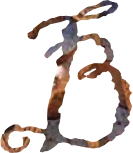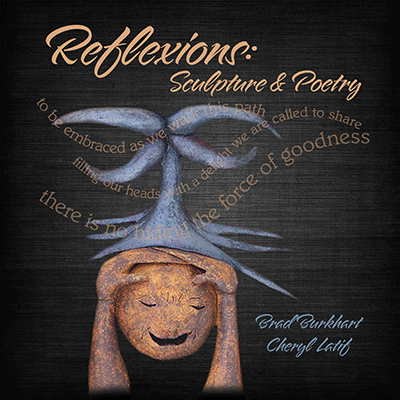The Easter season has begun, having started near the end of February with Good Friday. Now, we are in Lent, the traditional Christian fasting period leading up to the observance of Christ’s resurrection on Easter Day.
But present day Easter celebrations link back to much older cultural rituals and traditions related to the Spring Equinox, when the hours of daylight become equal to the hours of darkness. It’s a time when leaves and flowers emerge from dormant deciduous trees, bulbs push gorgeous blooms out of the ground, hibernating animals emerge to nurture new young, and many birds migrate back from their southern wintering grounds to nest and lay eggs.
My sculpture Acolytes of Eostre seems inspired by these events and the ancient traditions, so I’ve selected it to share with you this month.
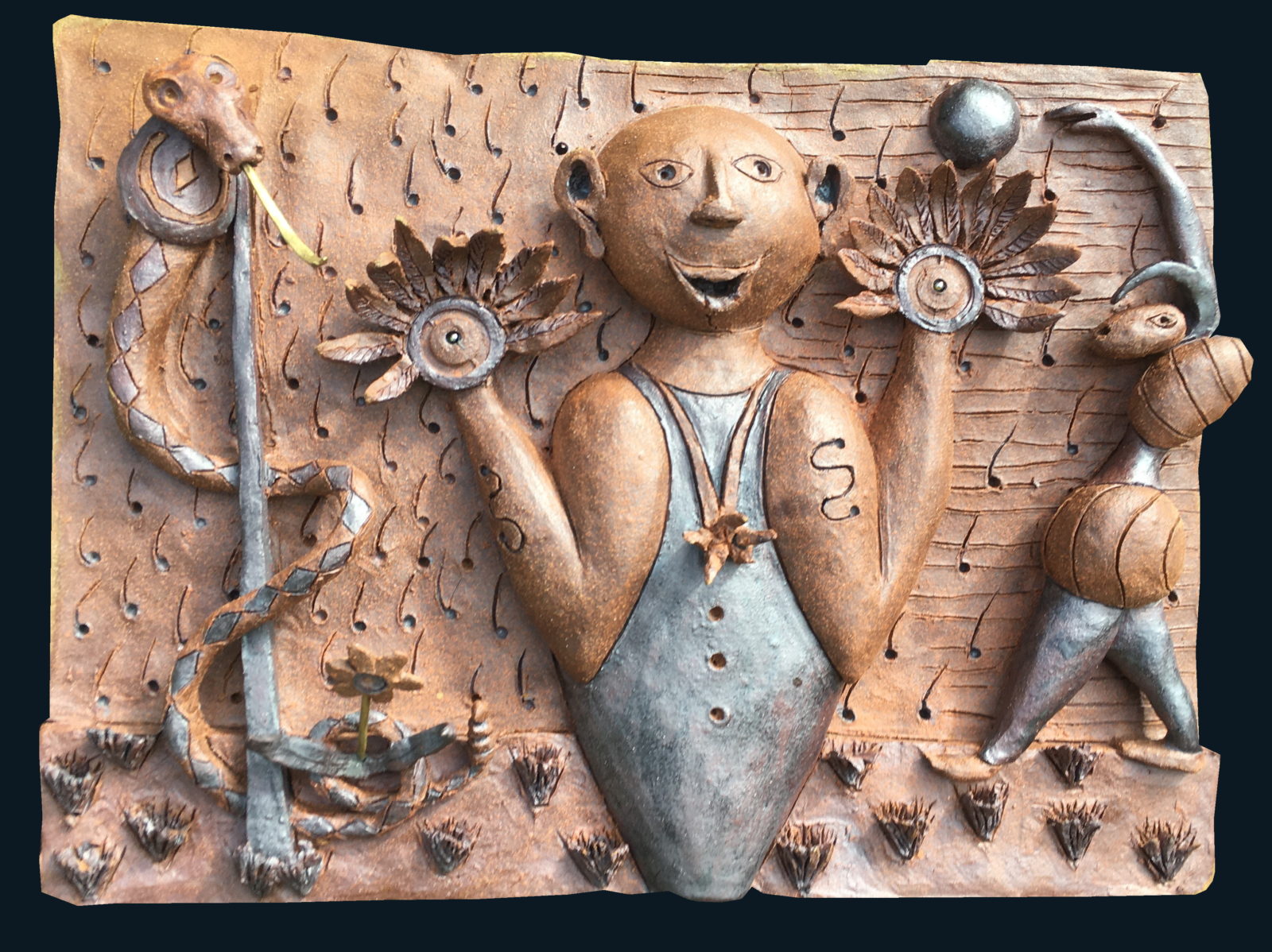
Acolytes of Eostre
Note: Easter always arrives on the Sunday following the first full moon after the March Equinox, so this year, it will be on April 9th.
During the naming session for this sculpture, we agreed that the imagery reflects the annual change of season into spring, but refers to older, matriarchal, pagan traditions, with the snake (a matriarchal sacred animal) and other non-Christian symbols and figures. The title of this piece refers to the worship of a pre-Christian goddess of spring and fertility named Eostre.
The term Easter may also come from the ancient Mesopotamian goddess Ishtar whose associations included love, sensuality, and fertility. The relief sculpture below dates to that period and shows a winged goddess making a gesture with circular objects in her hands, much like the central figure in Acolytes of Eostre.
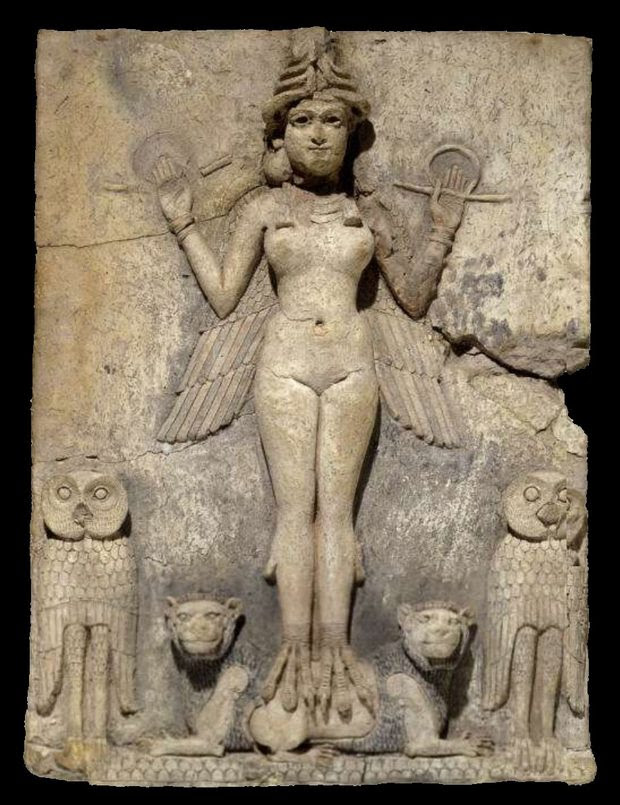
“Queen of the Night,” British Museum, Old Babylonian Culture, 19th-18thC BCE, Southern Iraq.
In Latin and Greek, the Easter celebration was called Pascha (Greek: Πάσχα), a word derived from Aramaic (פסחא, Paskha) and cognate to the Hebrew (פֶּסַח, Pesach). Many cultures today use a similar word for the Easter holiday. In Hebrew, the word originally denoted the Jewish festival known in English as Passover, commemorating the Jewish exodus from slavery in Egypt (April 5th-13th this year).
Hindus also celebrate at this time of year with the Holi Festival (on March 8th in 2023). During Holi, caste barriers are dropped as revelers throw colorful powders over one another in celebration. It’s said that during Holi the gods turn a blind eye. It’s one of the few times extremely devout Hindus allow themselves to let loose.

In Mayan and Aztec culture, the Equinox is celebrated as a festival of the plumed serpent god, Kulkulcan (Mayan) or Quetzalcoatl (Aztec), who connects heaven and earth.
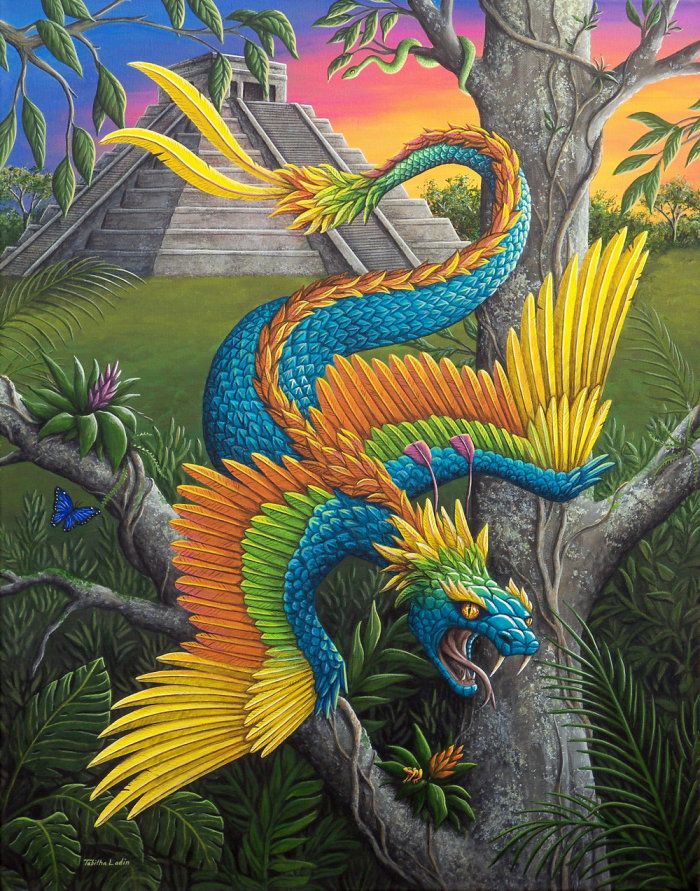
Kulkulcan’s shadow descends the Chichen Itza Pyramid on the sidewall of its steps every year at the Equinox.
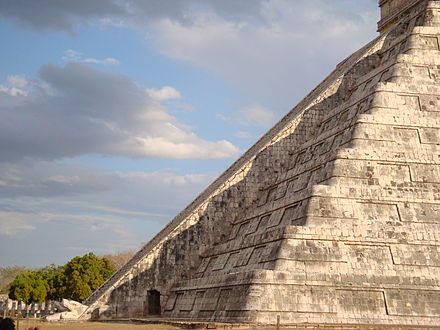
Acolytes of Eostre joins all these traditions in joyfully welcoming the season of new life on Earth. As we move through this transformative time of year — from the dark and the dormant to the growing, the colorful, and the fecund — I encourage you to honor the changes, recognize rebirth, and find fresh delight in all the tender shoots emerging.
Thanks for sharing this monthly adventure into the stories behind my works. I love hearing from you in response to these messages, so feel free to hit reply, and send me your thoughts!

